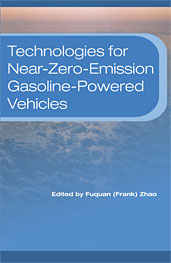Technical Paper
Fuel Economy Regulations and Technology Roadmaps of China and the US: Comparison and Outlook
2018-09-10
2018-01-1826
In order to address the increasing energy and environmental concerns, China and the US both launched the fuel economy regulations and aim to push the development of technology. In this study, the stringency of CAFC and CAFE regulations and the technology development of two countries are compared. Besides, the optimal technology pathways of America and automakers for the compliance of CAFE regulations are calculated based on the modified VOLPE model, and the results are used as reference for China. The results indicate that the annual regulation improvement rates of China is higher than America and the AIR of China 2015-2020 regulation reaches 6.2% and is the most stringent phase in 10 years from 2015 to 2025. From the perspective of technology, there are still big gaps between China and the US in the applications of advanced fuel saving technologies.

